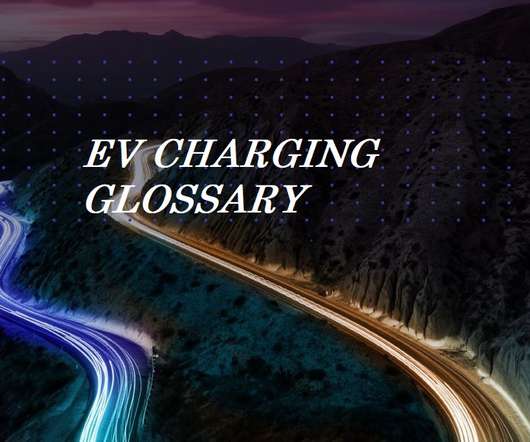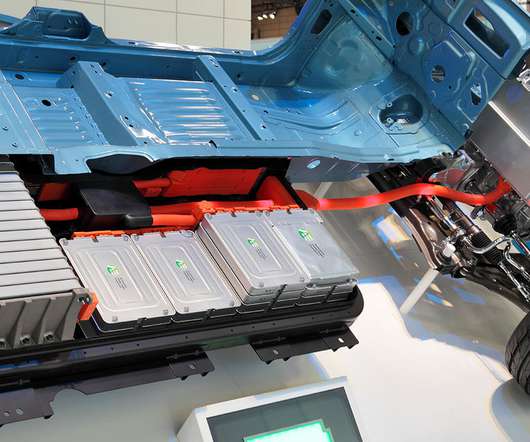CESifo: EVs not the best option for reduction in on-road CO2 in Germany given power mix
Green Car Congress
APRIL 20, 2019
The researchers carried out their calculations based on a Mercedes-Benz C 220 d diesel and the new Tesla Model 3. They report that even with today’s technology, total emissions from a combustion engine powered by natural gas are already almost one-third lower than those of a diesel engine. Electricity production in Germany, 2018.





































Let's personalize your content